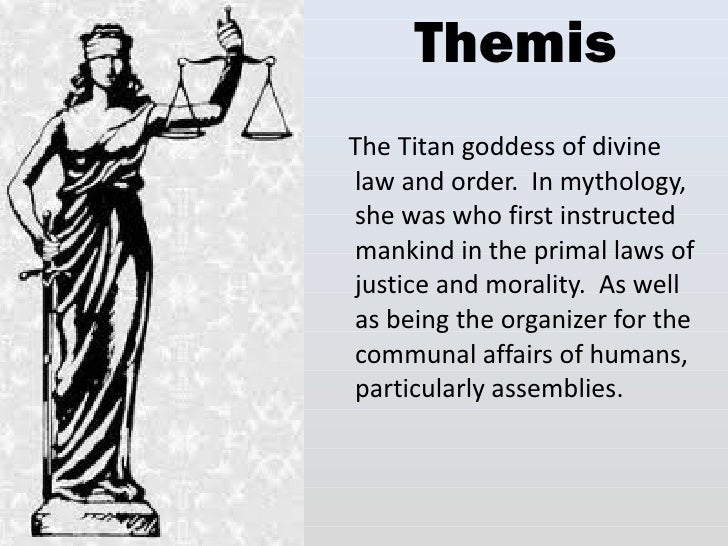Employer and Employee Relations
(part A)
(part A)
by
Charles Lamson
Over a period of many decades, the common law developed rules governing the relationship between an employer and employees. These rules have been greatly modified by statute. However, in every state remnants of the common law still apply. Many of the common law rules dealing with safe working conditions and other aspects of the employment contract have been retained in labor legislation. These laws do not cover all employees. In every state a small number of employees still have their rights and duties determined largely by common law rules. The next couple posts deal with the common law and statutory modifications of it as they relate to employers and employees. However, the law regarding employers and employees varies significantly from state to state.
 |
Creation of Employer and Employee Relationship
The relationship of employer and employee arises only from a contract of employment, either express or implied. The common law allowed employers the right to hire whom they please and employees the right to freely choose their employers. The relationship of employer and employee could not be imposed upon either the purported employer or employee without consent. One who voluntarily performs the duties of an employee cannot by that act subject the employer to the liability of an employer. But the relationship may be implied by conduct that demonstrates that the parties agree that one is the employer and the other the employee.
Length of Contract
An employee discharged without cause may recover wages due up to the end of the contract period from the employer. However, when creating an employer-employee relationship, seldom does either party mention the length of the contract period. in some jurisdictions, the terms of compensation determine the contract period. In such jurisdictions, the length of time used in specifying the compensation constitutes the employment period. And an employee may be discharged at the end of that time without further liability. For example, an employee paid by the hour may be discharged without liability at the end of any hour. An employee paid by the week or by the month because, as are many office employees, has a term of employment of one week or one month, as the case may be. For monthly paid employees, the term of employment may depend upon the way the employer specifies the compensation. A stated salary of $27,500 a year gives a one-year term of employment, even though the employer pays once a month. In other jurisdictions, employment at a set amount per week, month, or year does not constitute employment for any definite period but amounts to an indefinite hiring.
Many employer-employee situations have an indefinite length for the contract, and either the employer or the employee may terminate the employment for any reason or for no reason at any time. This situation is called employment at will.

However, as a result of labor legislation, union or other employment contracts, employee handbooks, or other exceptions that have developed to employment at will, many employees have significant job security. They may not be discharged except for good cause. As in the case of an employee discharged without cause who is employed for a specified period, such an employee may sue the employer for money damages. In some cases the employee may also sue to be restored to the job.
Determination of Contract Terms
Employer-employee contracts frequently do not state terms other than the compensation. Terms are determined by law, custom, employee handbooks, and possibly by union contracts. If the employer publishes a handbook stating contract terms, the employer will usually be bound by those terms as long as the employee had a reasonable opportunity to learn them. In some cases, courts have held that statements in the employer's written policy manual constitute terms of employer-employee contract.
Union Contracts
Formerly the employer contracted individually with each employee. However, as the union movement developed and collective bargaining became commonplace, employers began agreeing with unions to provisions of the employment that apply to large numbers of employees. The signed contract between them embodied this agreement between the employer and the union. As an agent of the employees, the union speaks and contracts for all the employees collectively. As a general rule, the employer still makes a contract individually with each employee, but the union contract binds the employer to recognize certain scales of union wages, hours of work, job classifications, and related matters.
Duties and Liabilities of the Employer
Under the common law the employer had five well defined duties:
Duty to Exercise Care
This rule imposes liability on employers if their negligence causes harm to an employee. Employers have exercised proper care when they have done what a reasonable person would have done under the circumstances to avoid harm.
Duty to Provide a Reasonably Safe Place to Work
The employer must furnish every employee with a reasonably safe place to work. What constitutes a safe place depends upon the nature of the work. Most states have statutes modifying the common law for hazardous industries.
Duty to Provide Safe Tools and Appliances
The tools an employer furnishes employees must be safe. This rule also applies to machinery and appliances.
Duty to Provide Competent and Sufficient Employees for the Task
Both the number of employees and their skill and expertise experience affect the hazardous nature of many jobs. The employer has liability for all injuries to employees directly caused by either an insufficient number of workers or the lack of skill of some of the workers.
Duty to Instruct Employees
In all positions that use machinery, chemicals, electric appliances, and other production instruments, there are many hazards. The law requires the employer to give that degree of instruction to a new employee that a reasonable person would give under the circumstances to avoid reasonably foreseeable harm that could result from a failure to give such instructions.
*SOURCE: LAW FOR BUSINESS, 15TH ED., 2005, JANET E. ASHCROFT, J.D., PGS. 331-336*
end
|

No comments:
Post a Comment